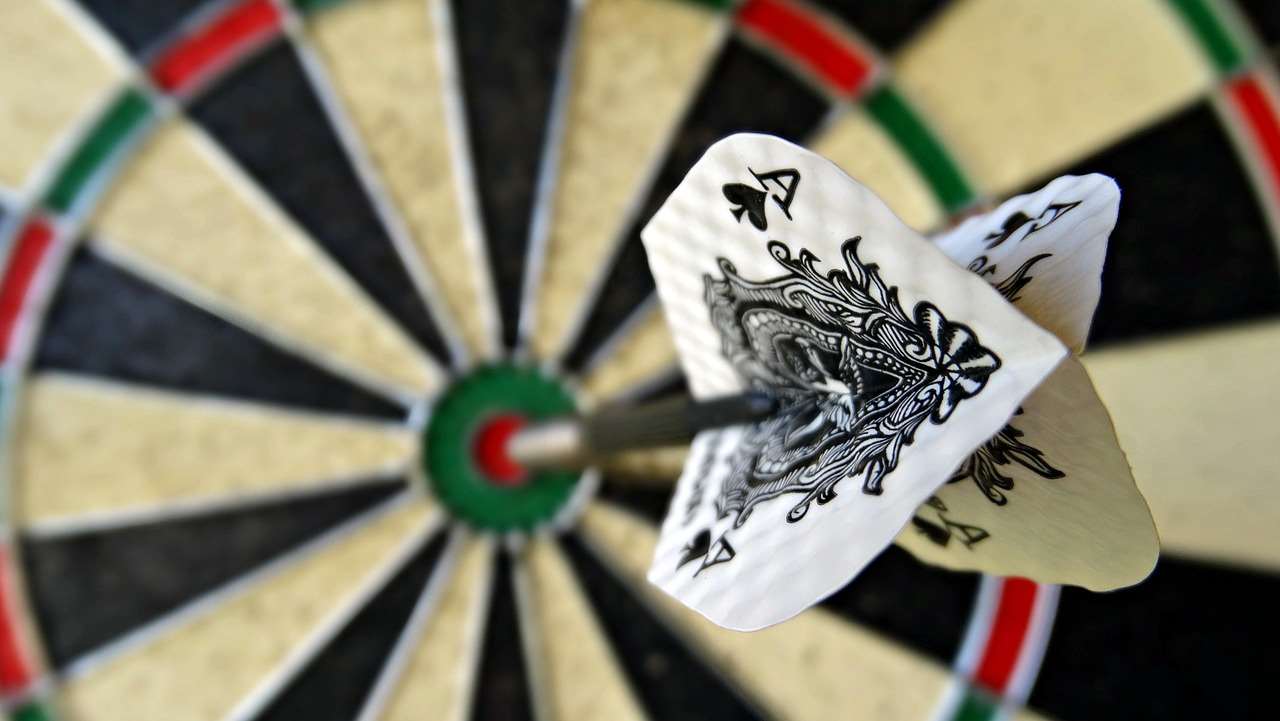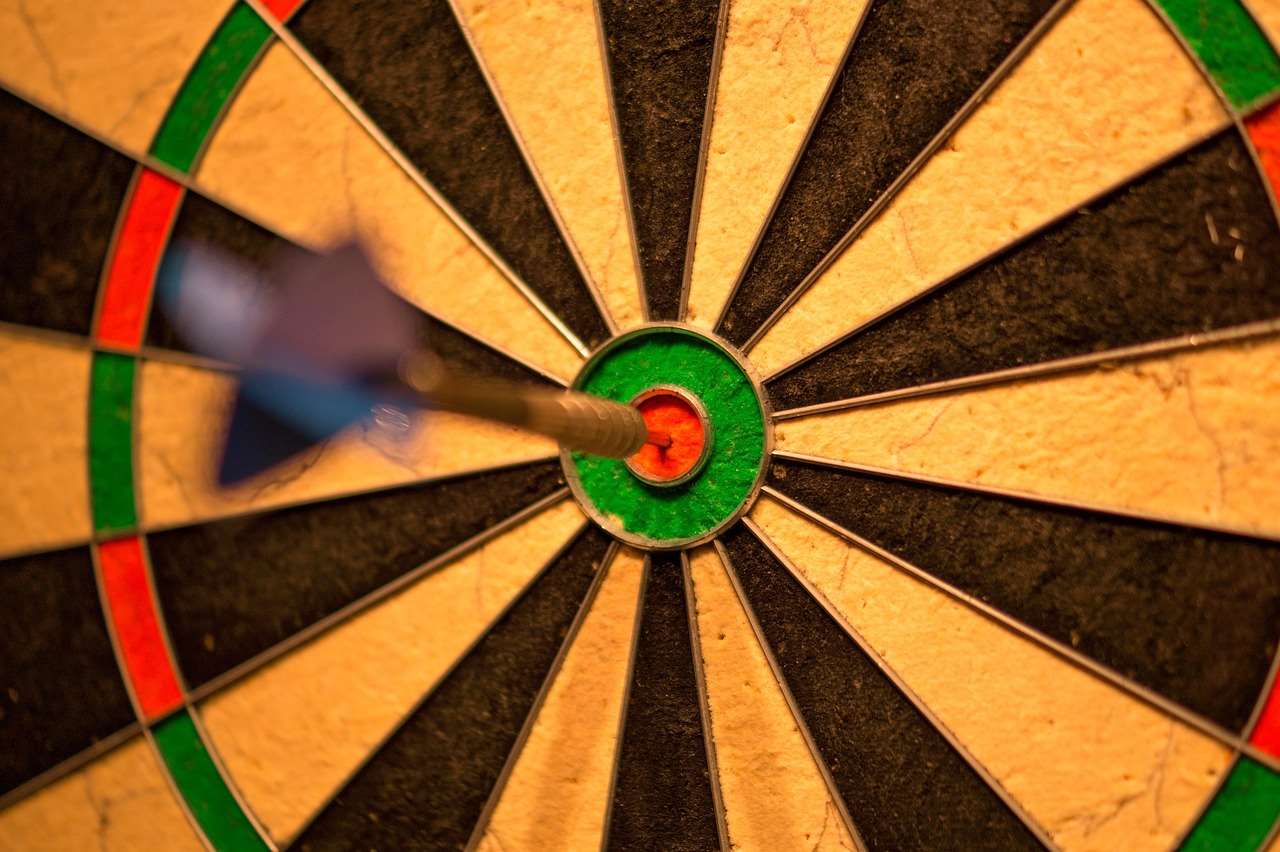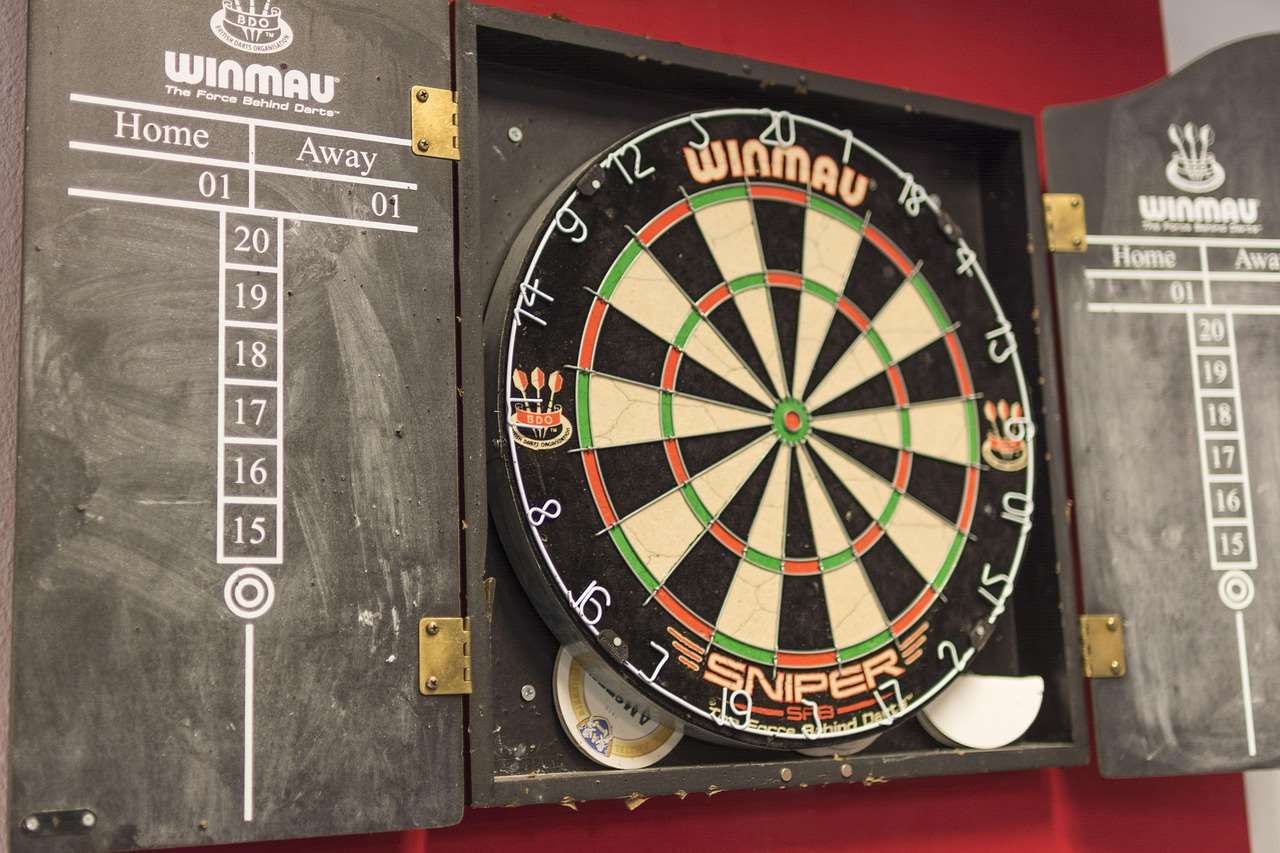Darts As A Tool For Social Inclusion might not be the first thing that springs to mind when discussing community engagement, but this accessible and engaging sport offers a surprisingly effective way to break down barriers and foster connections. This article will explore the various ways darts can be used to promote social inclusion, from its low barrier to entry to its ability to create a sense of belonging.
⚠️ Still Using Pen & Paper (or a Chalkboard)?! ⚠️
Step into the future! The Dart Counter App handles all the scoring, suggests checkouts, and tracks your stats automatically. It's easier than you think!
Try the Smart Dart Counter App FREE!Ready for an upgrade? Click above!
Why Darts As A Tool For Social Inclusion Works
The beauty of darts lies in its simplicity. Unlike many sports that require specialized equipment, expensive training, or a high level of physical fitness, darts is relatively accessible to people of all ages, abilities, and backgrounds. This low barrier to entry makes it an ideal activity for promoting social inclusion within diverse communities.

Here are some key reasons why darts effectively fosters social inclusion:
- Accessibility: Darts requires minimal equipment and can be played almost anywhere with a wall.
- Inclusivity: People of all ages, genders, and physical abilities can participate.
- Social Interaction: Darts provides a platform for interaction and friendly competition.
- Affordability: The cost of entry is low compared to many other sports and hobbies.
- Mental Engagement: Darts requires focus and strategy, providing mental stimulation.
Breaking Down Barriers Through Darts
Darts can be particularly effective in reaching marginalized groups who may face barriers to participating in other social activities. This includes individuals with disabilities, older adults, and people from low-income backgrounds. By providing a welcoming and accessible environment, darts can help to break down these barriers and create a sense of belonging. You might be interested to know more about Darts Culture And Community Guide and it’s inclusive environment.
Benefits of Social Inclusion Through Darts
The benefits of using darts as a mechanism for social inclusion extend far beyond simply providing a recreational activity. It can have a profound impact on individuals and communities alike. Here are some of the key benefits:
- Improved Mental Well-being: Social interaction and a sense of belonging can significantly improve mental health.
- Reduced Social Isolation: Darts can help to combat loneliness and isolation, particularly among vulnerable populations.
- Increased Physical Activity: While not a strenuous sport, darts encourages movement and can be combined with other forms of exercise.
- Enhanced Cognitive Function: The mental challenge of darts can help to improve focus, concentration, and problem-solving skills.
- Stronger Community Bonds: Darts leagues and clubs can create a sense of community and foster positive relationships.
Building Confidence and Self-Esteem
Achieving success in darts, even at a basic level, can boost confidence and self-esteem. As players improve their skills and experience the camaraderie of a team or league, they develop a stronger sense of self-worth. This can have a positive impact on other areas of their lives, such as their relationships and careers. Discover the vibrant fan culture at live darts matches.

Practical Applications of Darts for Social Inclusion
There are many ways to implement darts as a tool for social inclusion in your community. Here are some practical examples:
- Community Darts Clubs: Establish darts clubs in community centers, libraries, or other public spaces.
- Darts Programs for Seniors: Offer darts programs specifically designed for older adults, focusing on accessibility and social interaction.
- Darts Leagues for People with Disabilities: Create inclusive leagues that cater to the needs of people with disabilities.
- School Darts Programs: Introduce darts to schools as a way to promote inclusivity and teamwork.
- Darts Events for Charity: Organize darts tournaments to raise money for local charities and support community initiatives.
Creating Welcoming and Inclusive Environments
It’s important to create environments where everyone feels welcome and supported. This means being mindful of language, ensuring accessibility, and promoting a culture of respect and inclusivity. Consider offering beginner lessons and providing adaptive equipment to accommodate players with different abilities.

Overcoming Challenges to Implementing Darts Programs
While darts offers many benefits, there may be some challenges to implementing successful programs. These challenges may include securing funding, finding suitable venues, and recruiting volunteers. Here are some strategies for overcoming these obstacles:
- Seek Funding Opportunities: Explore grants and funding opportunities from local governments, foundations, and businesses.
- Partner with Local Organizations: Collaborate with community centers, schools, and other organizations to share resources and expertise.
- Recruit Volunteers: Enlist the help of volunteers to assist with program coordination, coaching, and event management.
- Promote the Benefits of Darts: Highlight the positive impacts of darts on social inclusion, mental health, and community development.
Addressing Potential Concerns
Some people may have concerns about safety or the association of darts with pubs and alcohol. It’s important to address these concerns by implementing clear safety guidelines, promoting responsible behavior, and focusing on the positive aspects of the sport, such as its mental challenge and social benefits. You might also want to check hospitality packages darts events.
Measuring the Impact of Darts Programs
To demonstrate the effectiveness of darts as a tool for social inclusion, it’s important to measure the impact of your programs. This can be done through surveys, interviews, and other data collection methods. Here are some key metrics to track:
- Participation Rates: Monitor the number of people participating in darts programs.
- Social Connections: Assess the strength of social connections among participants.
- Mental Well-being: Measure changes in mental health and well-being.
- Community Engagement: Track levels of community engagement and involvement.
- Feedback and Testimonials: Collect feedback from participants and stakeholders to gauge their experiences and perceptions.

Using Data to Improve Programs
The data you collect can be used to improve your darts programs and make them even more effective. Use the insights you gain to refine your approach, address any challenges, and better meet the needs of your community. Consider using experience attending live darts to boost the passion and attract new members.
The Future of Darts and Social Inclusion
The potential for darts to promote social inclusion is vast. As awareness of the benefits of the sport grows, we can expect to see more and more communities embracing darts as a tool for positive social change. By continuing to break down barriers, create welcoming environments, and measure the impact of our programs, we can unlock the full potential of darts to build stronger, more inclusive communities. Explore also what to expect at live darts events.
Expanding the Reach of Darts Programs
To further expand the reach of darts programs, consider exploring new partnerships, developing innovative approaches, and leveraging technology. For example, you could partner with local businesses to sponsor darts events, create online darts leagues, or develop mobile apps that provide access to darts resources and information. The possibilities are endless.

Conclusion: Embracing Darts for a More Inclusive Future
Darts As A Tool For Social Inclusion offers a unique and powerful way to build stronger, more connected communities. Its accessibility, inclusivity, and affordability make it an ideal activity for reaching diverse populations and fostering a sense of belonging. By implementing darts programs in your community, you can improve mental well-being, reduce social isolation, and enhance cognitive function. So, grab some darts, gather your friends, and experience the joy of this engaging and inclusive sport! Consider starting or joining a local darts club today and be a part of building a more inclusive future.
Hi, I’m Dieter, and I created Dartcounter (Dartcounterapp.com). My motivation wasn’t being a darts expert – quite the opposite! When I first started playing, I loved the game but found keeping accurate scores and tracking stats difficult and distracting.
I figured I couldn’t be the only one struggling with this. So, I decided to build a solution: an easy-to-use application that everyone, no matter their experience level, could use to manage scoring effortlessly.
My goal for Dartcounter was simple: let the app handle the numbers – the scoring, the averages, the stats, even checkout suggestions – so players could focus purely on their throw and enjoying the game. It began as a way to solve my own beginner’s problem, and I’m thrilled it has grown into a helpful tool for the wider darts community.